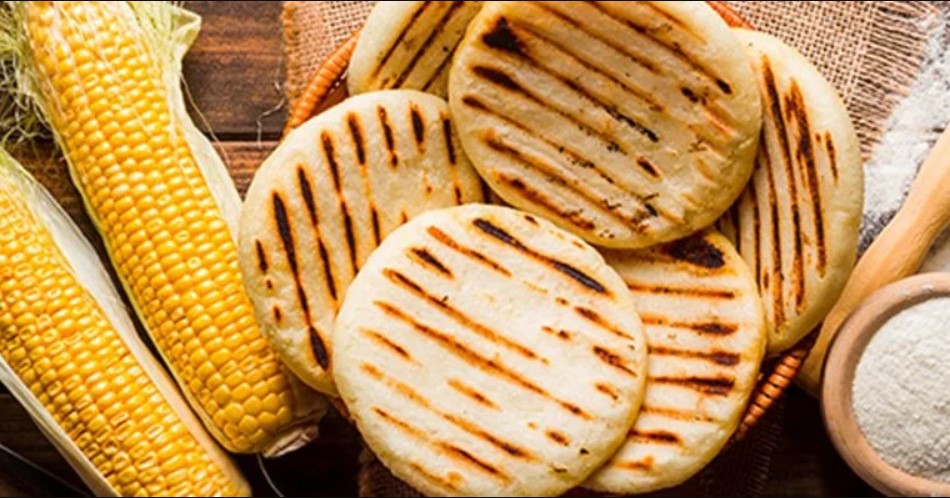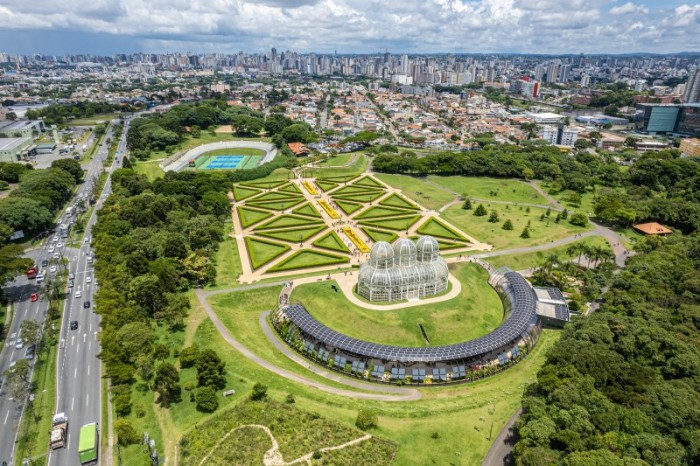The arepa, the round corn galette, is much more than just a food. It reflects a history, a culture and a tradition that transcends borders. Originating in Latin America, the arepa has become a culinary symbol, particularly in Colombia and Venezuela, where it occupies a central place in the local gastronomy.
Origins and history
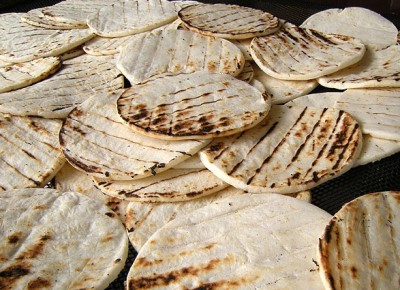
The roots of the arepa go back to pre-Columbian times. The indigenous peoples of the region, such as the Timoto-Cuicas and Caribes, used maize as the basis of their diet. They developed a technique for transforming this grain into an edible paste, which was then shaped into patties and baked. This tradition has survived through the centuries, adapting to the cultural and gastronomic influences of the colonisers.
Diversity and variety
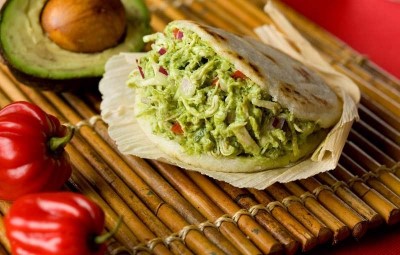
Arepa is a culinary chameleon. Its preparation and ingredients vary from region to region. It is often eaten for breakfast, topped with butter or cheese, but can also be served with other meals throughout the day. In Venezuela, arepas are stuffed with a variety of ingredients, from cheese and chicken stew to black beans and avocado.
Varieties of arepa: a culinary tour
Although simple in its composition, arepa comes in a multitude of varieties – over 70 – reflecting the richness and diversity of Latin America’s regions. Here’s an overview of the most emblematic types of arepa:
- Arepa Paisa (Colombia): Originating from the Antioquia region, this arepa is thin and round, often eaten with butter, cheese or meat.
- Arepa de Choclo (Colombia): Sweet and soft, made from sweet corn and often topped with cheese.
- Arepa Boyacense (Colombia): Originating in the department of Boyacá, this thick, sweet arepa is made from yellow corn, cheese, butter and salt. Traditionally cooked in a wood-fired oven, it is often served with fresh cheese.
- Arepa de huevo (Colombia): Typical of the Caribbean region, this arepa is a fried yellow corn cake with a whole egg inside.
- Arepa Santandereana (Colombia): Made from yellow maize, it is deep-fried and has a crunchy exterior and a soft interior.
- Arepa Reina Pepiada (Venezuela): Filled with a mixture of chicken and avocado, this is one of the most popular arepas in Venezuela.
- Arepa Pelúa (Venezuela): Stuffed with cheese and minced meat, it is deliciously melt-in-your-mouth.
- Arepa Catira (Venezuela): A tasty combination of chicken and cheese.
- Arepa de Pernil (Venezuela): Filled with roast pork, it’s perfect for meat lovers.
Cultural recognition
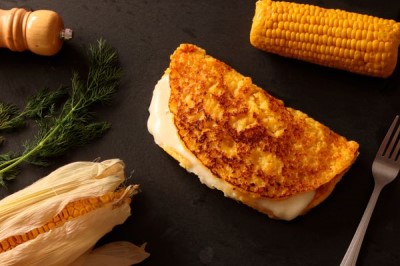
The importance of the arepa goes beyond the culinary sphere. In 2023, the city of Pereira in Colombia declared the arepa a cultural heritage, recognising its role in the country’s identity and tradition. What’s more, Venezuelan arepas have conquered the world, with a growing presence in international restaurants and gastronomic festivals.
Every region, every town and even every family has its own version of arepa, with its own preparation techniques and fillings. These varieties reflect the cultural and gastronomic richness of the countries of Latin America. Much more than just a simple corn galette, they reflect a shared history, a common identity and a passion for good food. So the next time you bite into an arepa, remember the heritage and tradition it carries with it.

